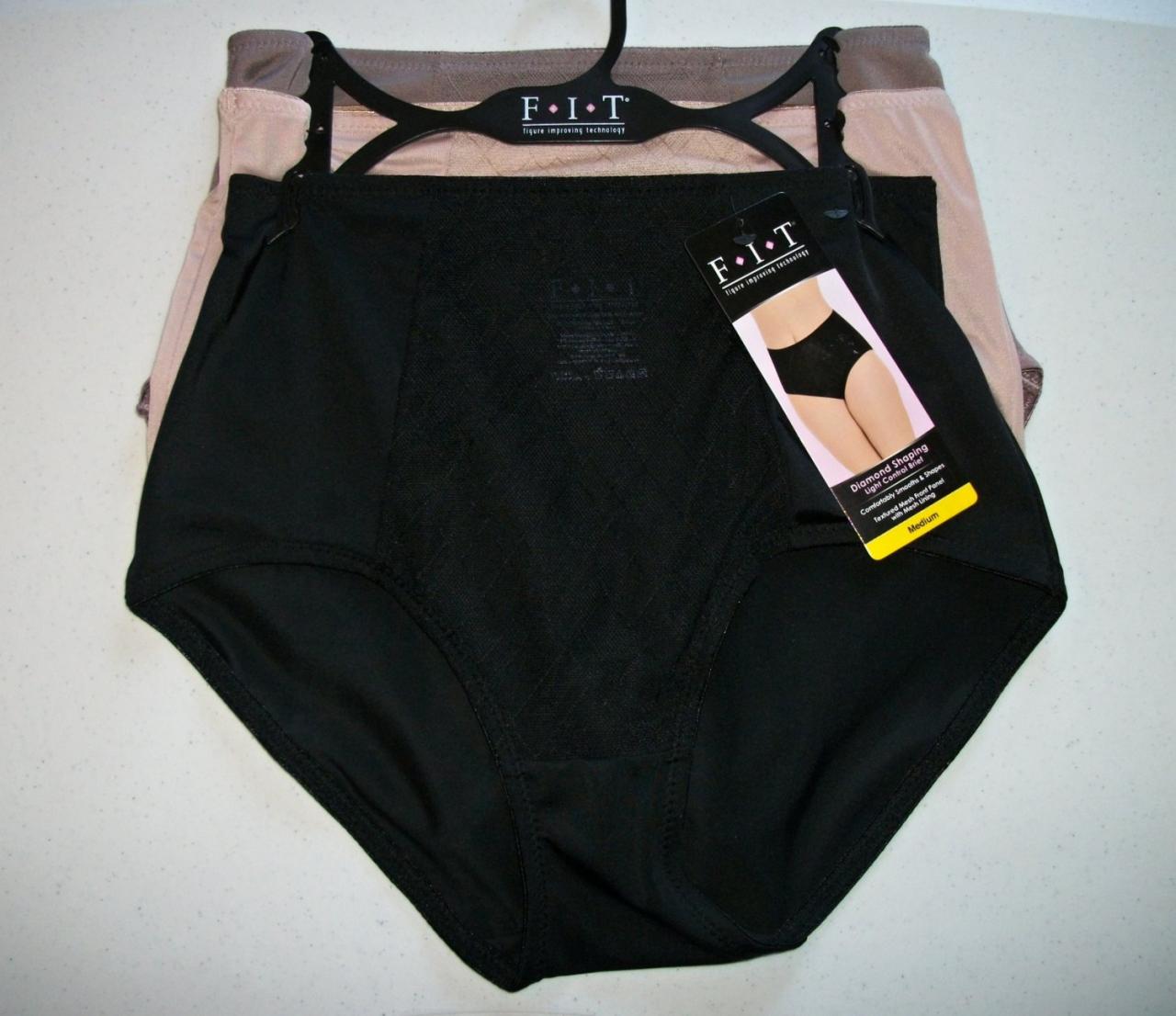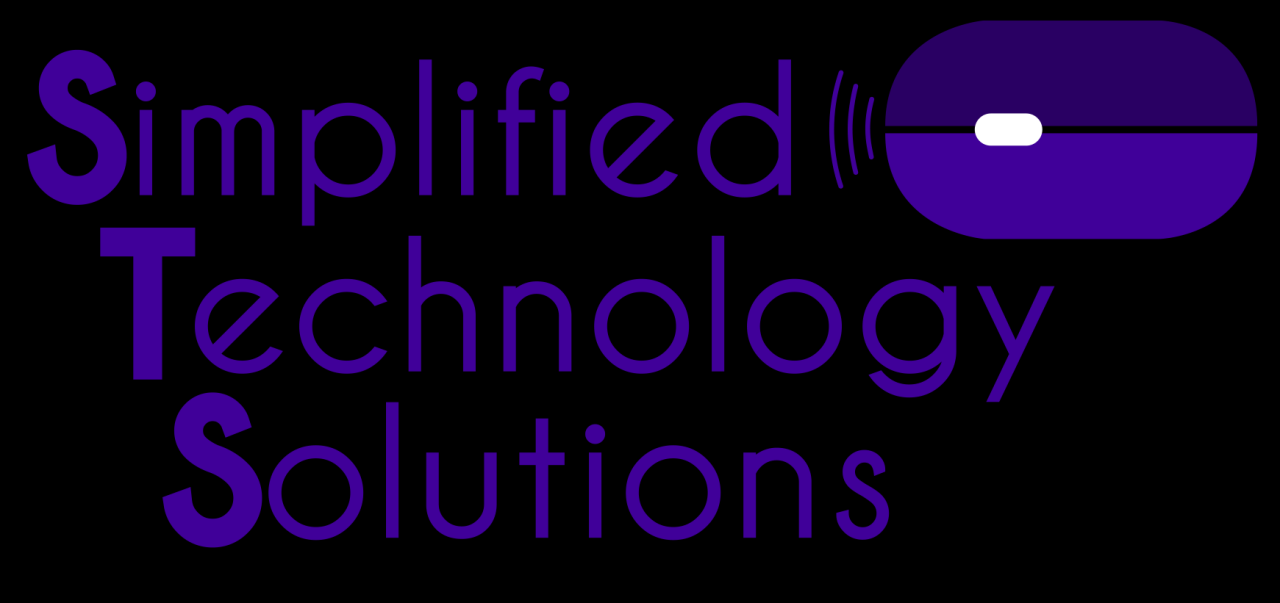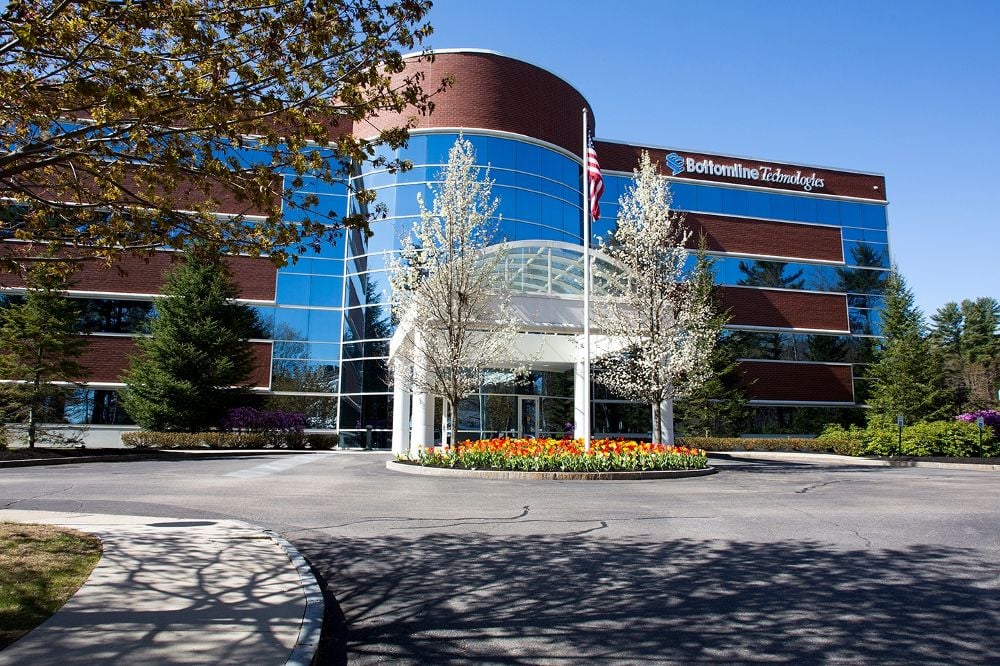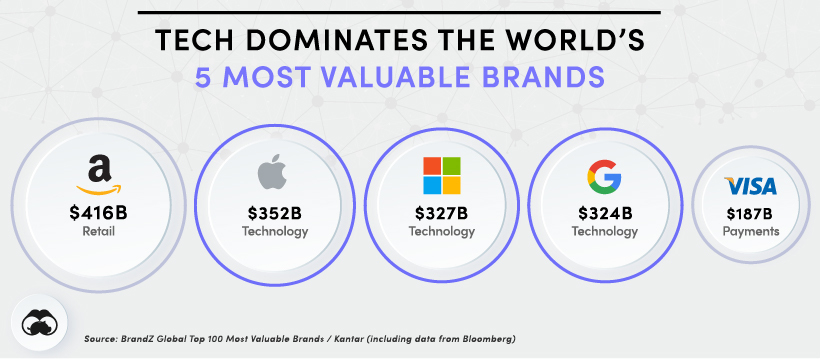Figure Improving Technology: Shaping Beauty Standards
Figure improving technology, a rapidly evolving field, is transforming how we perceive and interact with the human form. From the early days of basic photo editing software to the sophisticated […]

Figure improving technology, a rapidly evolving field, is transforming how we perceive and interact with the human form. From the early days of basic photo editing software to the sophisticated AI-powered tools of today, this technology has become deeply intertwined with our culture and identity.
This evolution has been driven by advancements in computer vision, deep learning, and image processing, enabling us to manipulate and enhance images with unprecedented accuracy and realism. This technology is now being applied in diverse industries, from fashion and entertainment to healthcare and social media, impacting how we shop, consume media, and even view ourselves.
The Evolution of Figure Improving Technology

The journey of figure-enhancing technology has been a fascinating blend of artistic expression and technological innovation. From the early days of manual image manipulation to the sophisticated AI-powered tools of today, this evolution reflects our ever-growing desire to shape and refine our visual perception of the world.
Early Methods and the Rise of Digital Editing
The origins of figure-enhancing technology can be traced back to traditional methods like airbrushing and retouching, employed in photography and art to enhance images. These manual techniques, while effective, were time-consuming and often required specialized skills. The advent of digital photography and image editing software in the late 20th century revolutionized the landscape. Programs like Adobe Photoshop democratized image manipulation, making it accessible to a wider audience. Users could now easily adjust brightness, contrast, and colors, and even manipulate the shape and size of objects within images.
The Rise of AI-Powered Tools and Their Impact
The integration of artificial intelligence (AI) into figure-enhancing technology has ushered in a new era of sophistication and automation. AI-powered tools leverage machine learning algorithms to analyze images and identify areas for improvement. These tools can automatically enhance skin tone, remove blemishes, and even reshape body proportions, often with remarkable accuracy.
- Facial Recognition and Enhancement: AI-powered facial recognition software has revolutionized the way we interact with technology. From unlocking our smartphones to identifying individuals in security systems, facial recognition is becoming increasingly ubiquitous. The same technology is also being applied to enhance facial features in images and videos, smoothing wrinkles, brightening eyes, and even changing the shape of the nose.
- Body Reshaping and Virtual Try-Ons: AI-powered tools can now automatically reshape bodies in images and videos, allowing users to experiment with different clothing styles and sizes. This technology has become particularly popular in e-commerce, enabling virtual try-on experiences and reducing the need for physical fitting rooms.
Landmark Innovations and Their Cultural Influence
The evolution of figure-enhancing technology has been marked by several landmark innovations that have significantly impacted various industries and cultural trends.
- The Introduction of Photoshop: Adobe Photoshop, released in 1990, revolutionized the way images were manipulated. Its user-friendly interface and powerful tools made image editing accessible to a wider audience, influencing everything from advertising and fashion photography to personal online profiles.
- The Rise of Social Media Filters: Social media platforms like Instagram and Snapchat popularized the use of real-time filters that can enhance facial features, apply makeup, and even change the background of images. These filters have become an integral part of online communication and self-expression, raising questions about the impact of digital alterations on body image and self-esteem.
- Deepfakes and AI-Generated Content: The emergence of deepfake technology, which uses AI to create realistic synthetic media, has raised concerns about the potential for manipulation and misinformation. While deepfakes can be used for entertainment and artistic purposes, they also pose risks to individuals and society as a whole.
Key Technologies Shaping Figure Improvement
Figure improvement technology has seen significant advancements due to the emergence of powerful technologies that enable accurate analysis and manipulation of images. These technologies are not only transforming the way we perceive and enhance our appearance but also revolutionizing various fields, including healthcare, entertainment, and security.
Computer Vision
Computer vision is a field of artificial intelligence (AI) that enables computers to “see” and interpret images and videos like humans. It involves algorithms that analyze visual information, extract meaningful features, and make decisions based on what they “see.” This technology is crucial for figure improvement as it allows for the identification and manipulation of specific features within an image.
Computer vision algorithms are trained on massive datasets of images and corresponding labels, enabling them to learn patterns and recognize objects, shapes, and textures. For example, a computer vision algorithm can identify a person’s face, body shape, and clothing in an image.
- Object Detection: This technique allows computers to identify and locate specific objects within an image, such as a person’s face, body, or clothing. It plays a crucial role in figure improvement applications by enabling the accurate targeting of specific features for enhancement.
- Image Segmentation: This process divides an image into distinct regions, separating the foreground from the background. In figure improvement, image segmentation is used to isolate the body from the surrounding environment, allowing for targeted adjustments to specific areas.
- Pose Estimation: This technique involves identifying and tracking the position and orientation of a person’s body parts in an image. It is particularly useful in figure improvement applications that require adjustments to body proportions or posture.
Deep Learning
Deep learning is a subset of machine learning that utilizes artificial neural networks with multiple layers to learn complex patterns and make predictions. This technology has significantly advanced figure improvement by enabling the creation of highly sophisticated algorithms that can understand and manipulate images with unprecedented accuracy.
Deep learning algorithms are trained on massive datasets of images and corresponding labels, allowing them to learn complex relationships between image features and desired outcomes. For example, a deep learning algorithm can learn to identify and enhance specific features, such as skin tone, body shape, or facial features, while preserving the overall natural appearance of the image.
- Generative Adversarial Networks (GANs): GANs consist of two neural networks: a generator and a discriminator. The generator creates realistic images, while the discriminator evaluates their authenticity. This adversarial process leads to the generation of high-quality images that are often indistinguishable from real ones. GANs have been widely used in figure improvement for tasks such as photorealistic face swapping, body reshaping, and generating realistic images of virtual models.
- Convolutional Neural Networks (CNNs): CNNs are a type of deep learning architecture specifically designed for image processing. They excel at extracting features from images, such as edges, shapes, and textures. CNNs are commonly used in figure improvement for tasks like object detection, image segmentation, and facial recognition.
- Autoencoders: Autoencoders are neural networks trained to reconstruct the input data. They can be used to compress and decompress images, reducing noise and artifacts. In figure improvement, autoencoders can be employed to enhance image quality, remove imperfections, and improve the overall visual appeal.
Image Processing
Image processing involves manipulating and analyzing digital images to enhance their quality, extract information, or create new images. This technology plays a crucial role in figure improvement by enabling various techniques for manipulating images, such as smoothing, sharpening, and color correction.
Image processing techniques are applied to enhance the visual appeal of images, correct imperfections, and create desired effects. In figure improvement, image processing is used for tasks like removing blemishes, smoothing skin, adjusting body proportions, and creating realistic makeup effects.
- Filtering: Image filters are used to modify the appearance of an image by applying mathematical operations to its pixels. Common filters include blurring, sharpening, and edge detection. In figure improvement, filters can be used to smooth out skin, enhance facial features, or create artistic effects.
- Color Correction: This technique adjusts the color balance and contrast of an image to create a more pleasing and realistic appearance. Color correction is often used in figure improvement to enhance skin tone, adjust lighting, and create a more vibrant and appealing image.
- Geometric Transformations: These techniques involve altering the geometric properties of an image, such as scaling, rotation, and translation. In figure improvement, geometric transformations can be used to adjust body proportions, correct perspective distortions, and create artistic effects.
Applications of Figure Improving Technology
Figure improving technology has transcended its initial focus on aesthetics and has found widespread applications across diverse industries, transforming how we perceive and interact with the world around us. From fashion and entertainment to healthcare and social media, these technologies are reshaping our experiences and expectations.
Fashion and Retail
The fashion industry has embraced figure improving technology to enhance customer experiences and drive sales. Virtual try-on technologies allow customers to visualize how different outfits would look on their bodies without physically trying them on. This innovative approach reduces the need for physical fitting rooms, simplifies the shopping process, and empowers customers to make more informed purchasing decisions.
- Virtual Try-Ons: Companies like Amazon and ASOS have implemented virtual try-on tools that use computer vision and machine learning to superimpose clothing onto customer images or videos. This technology provides a realistic preview of how garments will fit and look, enabling customers to make more confident purchases.
- Personalized Styling Recommendations: Figure improving algorithms can analyze body shapes and sizes to provide personalized styling recommendations, suggesting outfits that flatter individual figures. This personalized approach enhances customer satisfaction and increases the likelihood of successful purchases.
Entertainment and Media, Figure improving technology
Figure improving technology plays a significant role in the entertainment industry, enhancing visual effects and creating immersive experiences. From movie productions to video games, these technologies are used to manipulate figures, create realistic characters, and enhance the overall visual appeal of content.
- Special Effects in Film and Television: Figure improving algorithms are used to enhance the appearance of actors, create realistic CGI characters, and manipulate environments for special effects. These technologies have revolutionized filmmaking, allowing for more complex and visually stunning productions.
- Character Design in Video Games: Figure improving technology is employed to design and animate characters in video games, creating more realistic and engaging gameplay experiences. These technologies enable developers to create diverse and expressive characters, enhancing the overall immersion and enjoyment of the game.
Healthcare
In healthcare, figure improving technology is revolutionizing medical imaging and diagnosis. Advanced algorithms can analyze medical images, detect abnormalities, and provide valuable insights for healthcare professionals. These technologies are enhancing patient care, enabling early detection, and improving treatment outcomes.
- Medical Imaging Analysis: Figure improving algorithms can analyze medical images, such as X-rays, CT scans, and MRIs, to detect subtle abnormalities that may be missed by the human eye. This technology aids in early disease detection, leading to more effective treatment plans.
- Personalized Treatment Plans: Figure improving algorithms can analyze patient data, including medical images and genetic information, to create personalized treatment plans. This approach allows for more targeted therapies, maximizing effectiveness and minimizing side effects.
Social Media
Figure improving technology has become ubiquitous in social media, enabling users to enhance their online personas and present idealized versions of themselves. Filters and editing tools allow users to modify their appearance, adjust their features, and create a more polished online presence.
- Photo and Video Editing: Social media platforms offer a wide range of filters and editing tools that allow users to modify their appearance, smooth out skin, enhance features, and even change their body shape. This technology has raised concerns about unrealistic beauty standards and the impact on self-esteem.
- Virtual Avatars: Some social media platforms allow users to create virtual avatars that represent them online. These avatars can be customized with different features and appearances, allowing users to express themselves creatively and experiment with different looks.
| Industry | Specific Use Case | Potential Impact |
|---|---|---|
| Fashion and Retail | Virtual Try-On Technologies | Enhanced customer experience, reduced return rates, increased sales |
| Entertainment and Media | Special Effects in Film and Television | More realistic and visually stunning productions, expanded creative possibilities |
| Healthcare | Medical Imaging Analysis | Early disease detection, improved diagnosis and treatment, enhanced patient care |
| Social Media | Photo and Video Editing | Increased user engagement, potential for unrealistic beauty standards, impact on self-esteem |
Epilogue

As figure improving technology continues to advance, it’s crucial to engage in thoughtful discussions about its ethical implications and potential societal impact. Balancing the desire for aesthetic enhancement with concerns about body image, unrealistic beauty standards, and potential manipulation requires careful consideration. By understanding the evolving landscape of this technology, we can navigate its complexities and harness its potential for positive change while mitigating its risks.
Figure-improving technology has come a long way, offering individuals a variety of options to enhance their appearance. While many focus on aesthetics, it’s important to remember the crucial role of surgical technology in improving lives. Surgical technology for the surgical technologist: a positive care approach provides a comprehensive understanding of the positive impact this field has on patient care, highlighting the vital role of surgical technologists in ensuring safe and successful procedures.
This, in turn, helps advance the overall field of figure-improving technology, allowing for more effective and safe solutions for individuals seeking to enhance their physical well-being.







